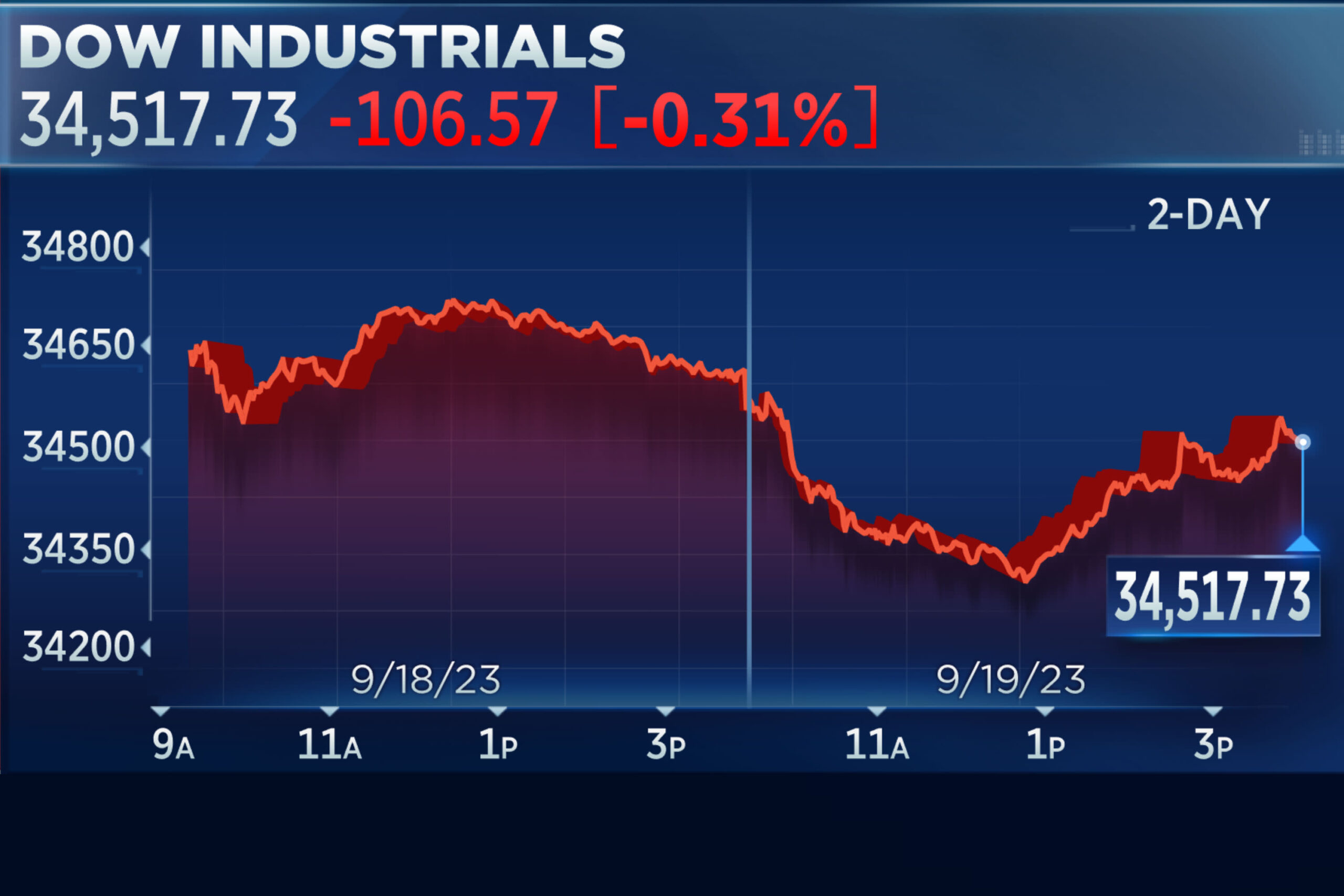Dire Wolves Once a fearsome predator of the Ice Age, the dire wolf has long lived in the realm of paleontology, pop culture, and fantasy. But now, thanks to groundbreaking work by Colossal Biosciences, science is pushing the limits of what we thought possible — and the dire wolf extinction story may no longer be final.
The Return of the Dire Wolf
Known scientifically as Canis dirus, the dire wolf roamed North America over 10,000 years ago before vanishing during the mass extinction event that wiped out other megafauna, including the woolly mammoth and the dodo bird. Bigger, bulkier, and more powerful than modern wolves, dire wolves were apex predators of their time.
For years, they remained only in fossil records and in fictional representations — most notably the larger-than-life direwolves in Game of Thrones. But that’s changing.
Colossal Biosciences and the Science of De-Extinction
Led by entrepreneur Ben Lamm, Colossal Biosciences has set out to achieve what was once considered impossible: de-extinct iconic species. After announcing bold plans to revive the woolly mammoth, the company is now making headlines for its dire wolf de-extinction program.
By sequencing ancient dire wolf DNA and editing the genomes of modern relatives like the red wolf, scientists have created genetically modified pups that share key physical and behavioral traits with the extinct species. These dire wolf puppies, dubbed Romulus and Remus, mark a major milestone in biotechnology and synthetic biology.
Romulus and Remus: Fiction Meets Reality
Named after the mythological founders of Rome — and perhaps a nod to Game of Thrones fans — Romulus and Remus are the first genetically engineered dire wolf pups to be born as part of this scientific endeavor. While not perfect replicas of the ancient dire wolf, these animals showcase key features like enhanced muscle structure, stronger jaws, and a coat pattern believed to resemble their extinct ancestors.
The birth of these pups has sparked global fascination, especially among those who grew up watching Game of Thrones. Social media quickly lit up with fans asking: Have dire wolves really come back?
The Debate: Ethics, Ecology, and Joe Rogan
Not everyone is celebrating. The revival of extinct species raises big questions in both science and society. On one side, advocates argue that de-extinction could restore lost ecosystems, bring balance to damaged environments, and offer solutions to the modern biodiversity crisis.
On the other side, critics worry about unintended consequences. Can these revived animals survive in today’s world? What happens if they become invasive or disrupt current wildlife? Even Joe Rogan chimed in during a recent podcast, questioning whether humans are playing God — or simply undoing past mistakes.
What About the Dodo?
While dire wolves and woolly mammoths are stealing headlines, Colossal Biosciences is also exploring the revival of the dodo, another symbol of extinction. By using similar techniques, the company hopes to bring the bird back to its native habitat, adding yet another layer to the conversation around extinction, conservation, and scientific responsibility.
Final Thoughts: Wolves, Wonder, and the Future of Science
Whether you’re a science enthusiast, a conservationist, or just someone who grew up imagining dire wolves roaming the forests, this story is one for the ages. The idea that a creature like the extinct dire wolf might walk the Earth again is as thrilling as it is controversial.
Thanks to cutting-edge science, animals once locked in the past — like the dire wolf, red wolf, or even the dodo — are inching closer to a new future. As Romulus and Remus grow under close observation, the world watches and wonders: What will be the next chapter in the story of de-extinction?


